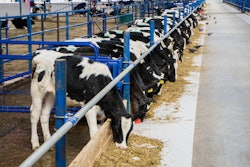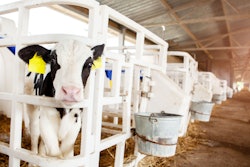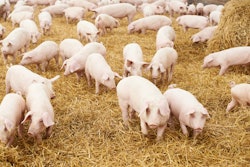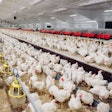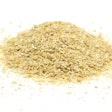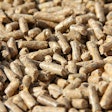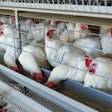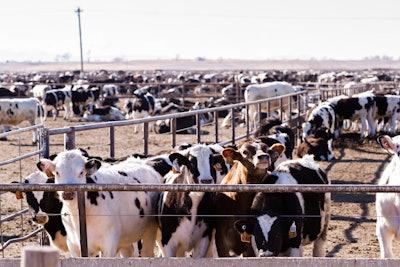
Most calves enter feedlots without preconditioning. This is something that should be done at the origin farm, but it costs money and, if this expense is not covered by the buyer, then the rancher has no incentive to invest into it.
With this premise in mind, we are to ease calves fresh off the truck into their feedlots for finishing. Feeding calves entering a feedlot is an important part of their growth and development, especially in the context of health and welfare. Based on my work with several producers, I can offer the following general guidelines for discussion.
1. Grouping and sorting
Calves should be grouped and sorted based on their breed, age, size and overall conditions. This helps ensure that each group receives an appropriate diet and/or pharmaceutical treatment. In many cases, this is impossible, and all kinds of calves are just penned together without any consideration for the above.
2. Transition period
When calves first enter the feedlot, they will experience some additional stress due to the change in facilities, environment, societal grouping and diet. We must allow them time for acclimatization, offering them a “light” diet.
3. Nutritional assessment
We must correctly assess the nutritional needs of the calves. This involves analyzing their weight, body condition and overall health to determine the appropriate diet and feeding program. In my clients, this is done at the end of the first week after arrival.
4. Develop a feeding program
We mentioned that the final feeding program should be tailored to the specific needs of the calves. This program should include information about the type of feed, feed ingredients, feeding frequency and feeding rates. However, the growth rate is something that needs to be decided with the owner as different genetics have different capabilities and windows of beneficial growth.
5. Provide adequate nutrition
We must ensure that the diet meets the nutritional requirements of the calves. A typical feedlot diet for beef cattle includes a mix of grains, forages, protein supplements and minerals. The specific composition will depend on the animal’s age and the desired rate of gain. On small farms, one diet is offered, and all calves are left to see to their own needs based on their feed intake. This is not ideal, but it might be the only way possible.
6. Monitoring
I insist on knowing how calves are doing on a regular basis. Calves should be monitored for signs of illness or any deviations from the expected growth and behavior. Sick calves should be separated and treated promptly. Underperforming calves should be marketed as soon as possible.
It’s important to work with experienced veterinarians and nutritionists to ensure the best care and nutrition for the calves entering the feedlot. Additionally, local regulations and guidelines may also influence how calves are fed and managed in a feedlot.


